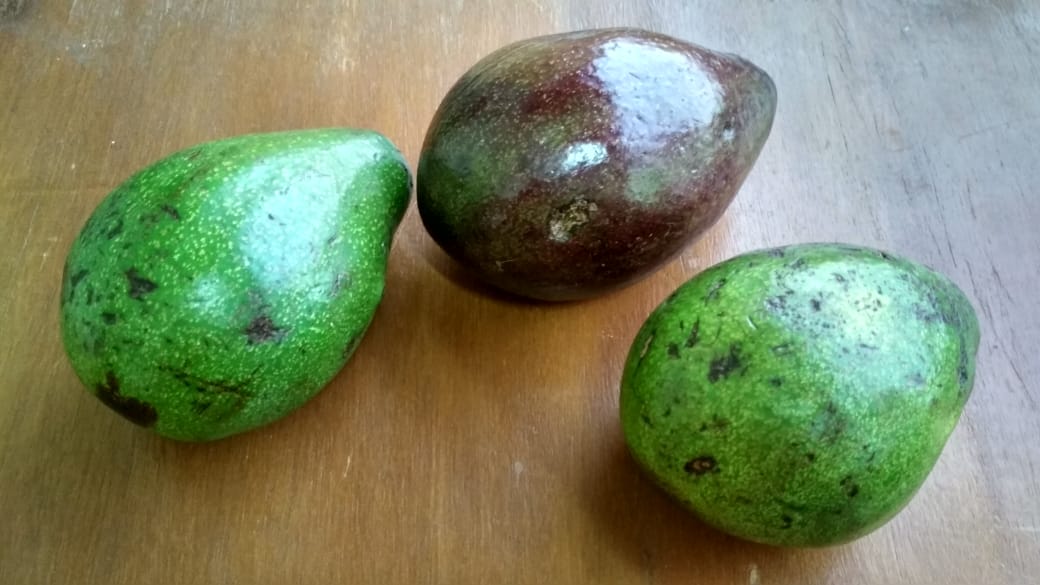Avocado is a tropical fruit that is a superfood with a powerhouse of nutrients and healthy fats. With globalization, it is now easily available in the local market.
Scientific Name:
Persea Americana
Appearance:
It has a pear-like structure with a firm but thin peel, the inner pulp is a smooth creamy texture due to the high-fat content and at the centre of the fruit, there is a single large seed called the “pit or stone.”
Purchasing and storing:
Avocado selection should be done based on color not just by squeezing it to check how soft it is or bruises. In fact, one needs to avoid squeezing the avocado to check for firmness to avoid bruises and damage.
The bright green to olive/dark green color of the fruit means it is still raw and needs further ripening. When the skin turns brown-green it is ready to eat after which one can place it in the fridge to slow down the process or use it as required. Finally, the skin turns purplish-brown-green it is more on the riper side and becomes softer hence should be consumed quickly.
How to eat an Avocado?
Cut the fruit vertically around the centre seed and not through it. Then twist the fruit in a circular direction. It splits easily into 2 halves. Use a spoon to scoop out the flesh and consume it.
What does Avocado taste like?
Avocado has a buttery, creamy texture and a slightly nutty flavour.
Calories & Nutritional facts of the fruit:
100gm of the fruit gives 144 kcal, 2.95gm protein, 1.75gm carbohydrates, 13.86 total fat, and 6.69gm of fiber. It also contains calcium, phosphorus, omega-3, sodium, potassium, vitamin C, and various other nutrients.
Culinary Use:
- Salad
- Dips/Spreads eg. Guacamole
- Smoothies/Milkshakes eg. Avocado Milkshake
- Desserts
Note: Avocado may not suit everyone.

3 Comments